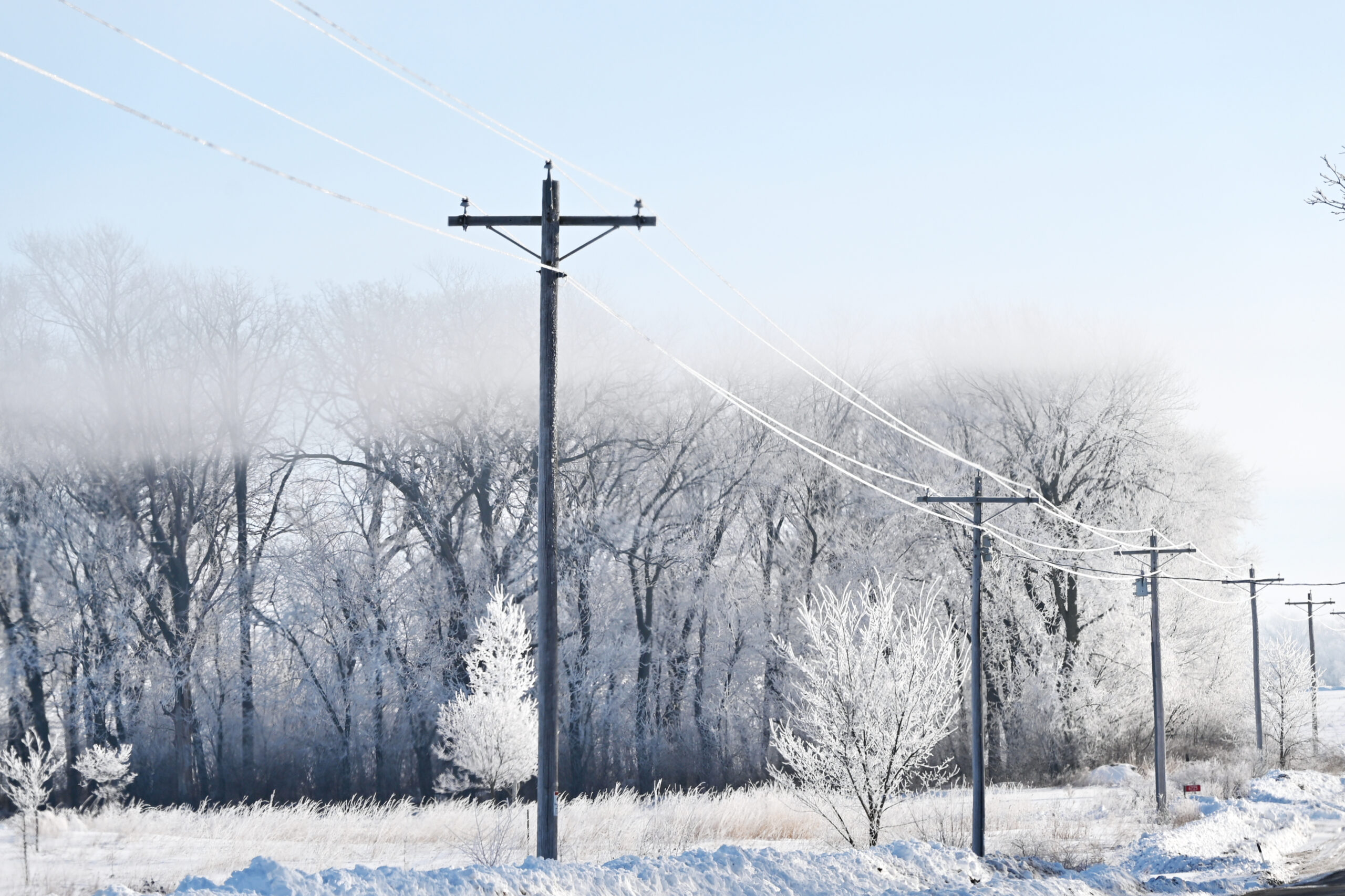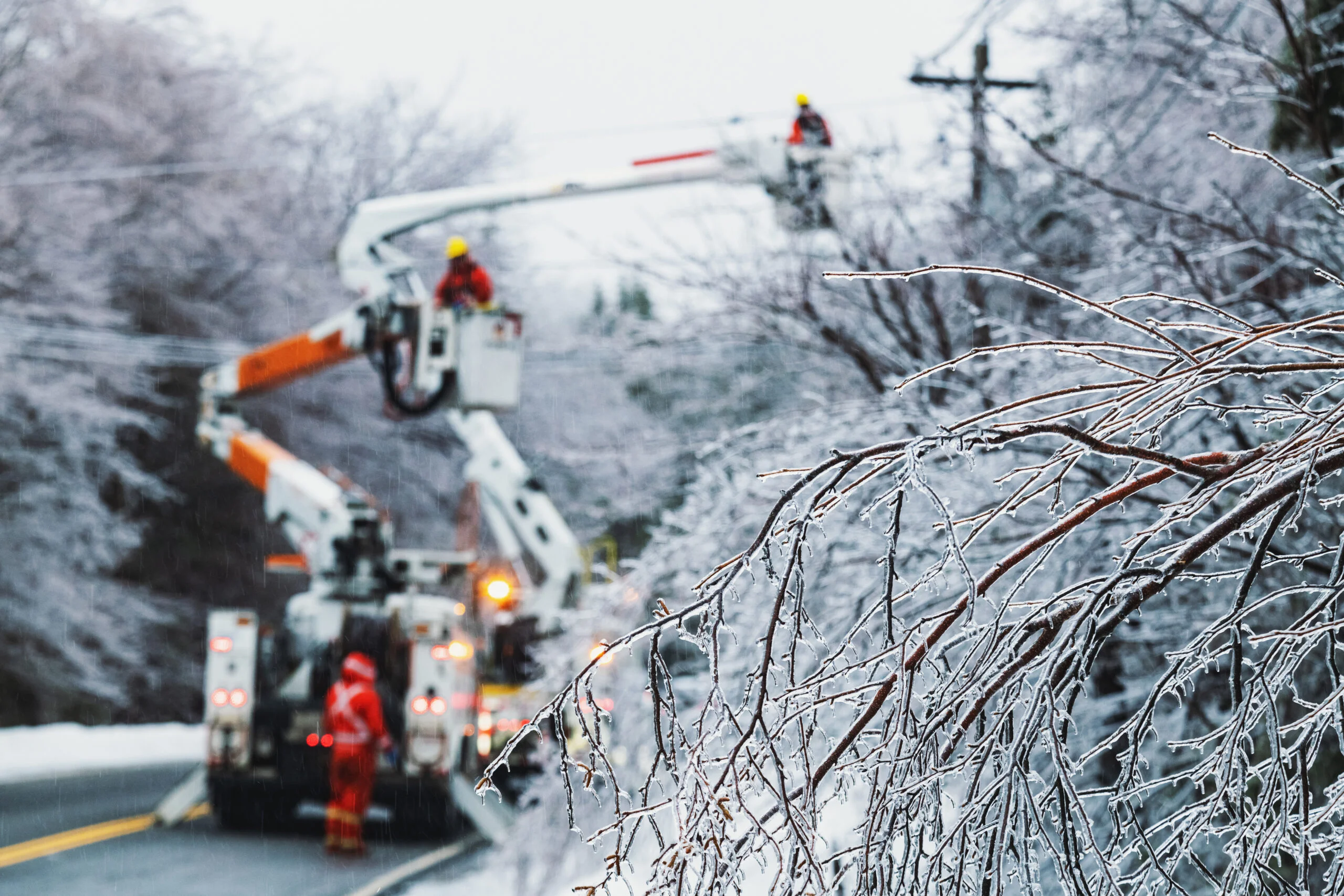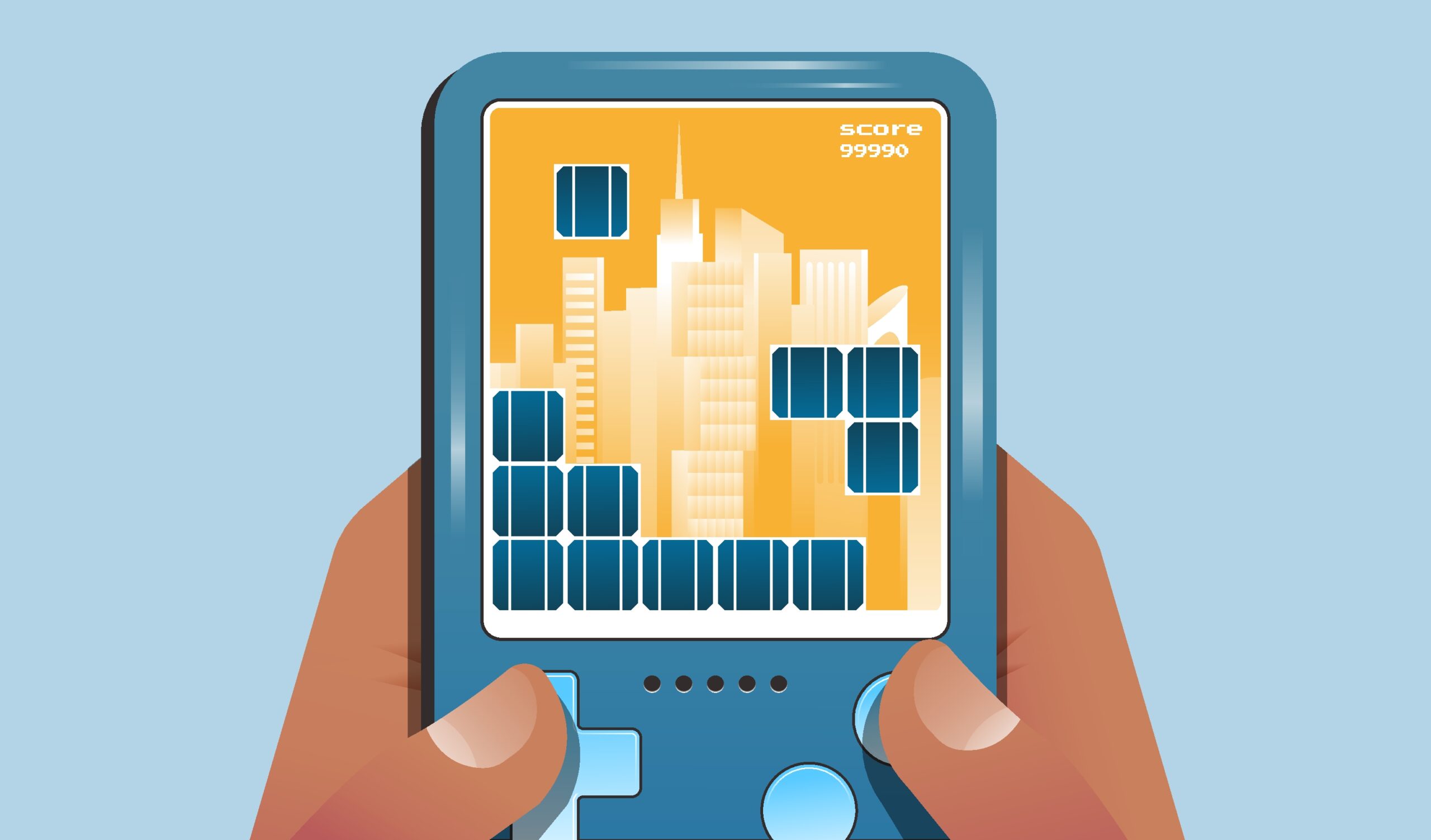Faced with growing challenges in managing peak demand during cold weather months due to extreme weather events, home and transportation electrification, and supply chain challenges, energy providers are increasingly turning to winter demand response programs to maintain grid stability and ensure customer comfort.
To uncover consumers’ interests, concerns and preferences around demand response during the heating season, the Smart Energy Consumer Collaborative (SECC), a nonprofit that studies consumer trends in the energy transition, conducted the Warming Up to Winter Demand Response survey, which was fielded to a nationally representative sample of 2,083 consumers in January.
Here are five takeaways from SECC’s recent survey that reveal consumers’ openness to and concerns around winter demand response programs.
The vast majority of consumers would participate in winter demand response.
According to a new survey, 79% of Americans say they would likely participate in a program where they voluntarily adjust their heating system for a small financial incentive during the winter. Consumers are somewhat less interested in a direct load control (DLC) program where the energy provider adjusts the heating system, but a majority (59%) still say they are likely to participate. An earlier Snapshot Survey – Cooling High Summer Electric Bills – found slightly less interest among consumers in cooling demand response programs. In that 2023 survey, 60% of consumers said they would participate in a behavioral demand response program, whereas just 31% were likely to participate in a DLC program.
Smart thermostat ownership correlates with higher interest.
While consumer interest in participating in demand response is generally high, Americans who have smart thermostats installed at home are even more likely to participate. With a behavioral demand response program, smart thermostat owners more frequently said they are “very likely” to participate (36% vs. 32%). However, when asked about a direct load control (DLC) program where the energy provider has some control over the temperature, smart thermostat owners were noticeably more likely to participate compared with all consumers with a heating system in their home (69% vs. 59%).
Some consumers are wary of giving up too much control.
While roughly 80% of consumers said they were likely to participate in a behavioral demand response program during the heating season, for a DLC program where the energy provider adjusts the heating system, consumers were less interested (59%). When asked directly about challenges foreseen in participating in a winter demand response program, “ensuring the temperature meets everyone’s needs” rose to the top (47% for all consumers and 56% for smart thermostat owners). It seems likely that consumers are concerned about the ability to opt out of an event in the DLC program if the temperature isn’t keeping their home comfortable.
Consumers want personalized insights on the program’s performance.
Throughout SECC’s consumer surveying, respondents frequently cite a lack of transparency on energy and financial savings as a barrier to program participation, and the recent Snapshot Survey was no different. “Knowing the program is saving me money” was the second most-cited concern (46%), and consumers also had concerns around knowing that the program is “being as energy efficient as possible” (39%) and knowing how much heat they have already used (23%). Providing consumers with personalized, actionable data on how the program is going will likely boost customer participation and satisfaction.
Consumers prefer information and notifications to come from energy providers.
Finally, consumers were asked about their preferences for learning about demand response programs and for receiving notifications if they were enrolled in a program, and respondents overwhelmingly preferred energy providers as the sources compared with thermostat manufacturers or other third-party companies. Sixty-one percent of consumers want to receive program information from energy providers, compared with 16% for thermostat manufacturers and seven percent for third parties. And when it comes to program notifications, consumers are even more inclined to prefer their energy providers as sources – 72% want this, while 20% prefer thermostat manufacturers as the source.
Conclusion: Will Americans Participate in Winter DR?
As energy providers increasingly offer programs aimed at shifting or reducing demand during winter, they will likely find many consumers willing participants, particularly if they address common concerns around home comfort and monetary savings. To learn more about what consumers think about winter demand response, view SECC’s Snapshot Survey here.





